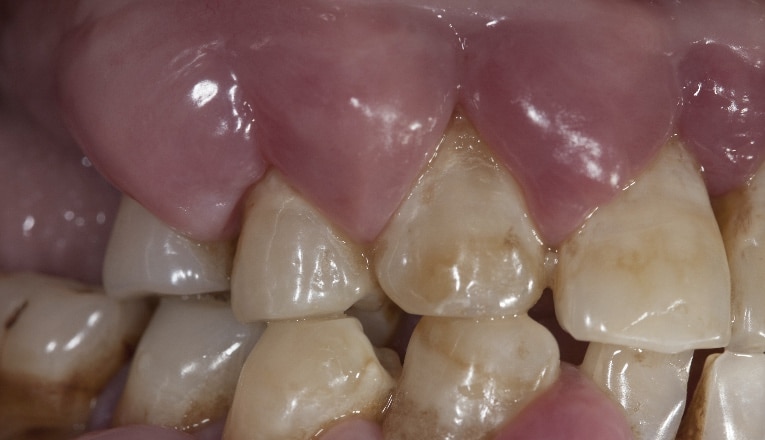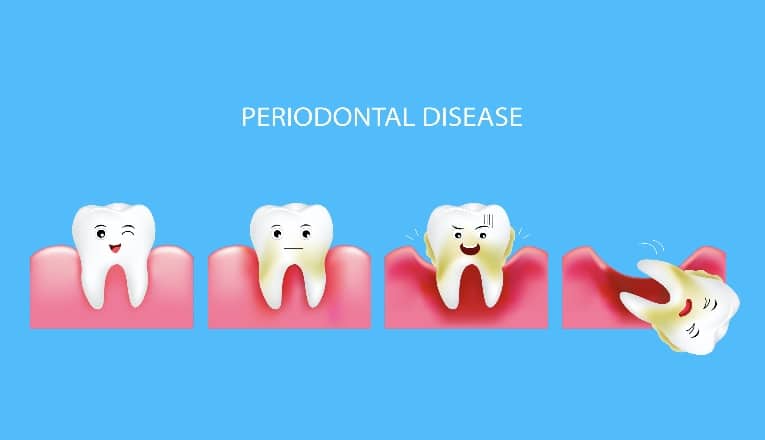What You Need to Know About the AAP’s Classification System
A system of classification for periodontal and peri-implant diseases allows clinicians to properly diagnose and treat individuals with periodontal and peri-implant conditions.

A system of classification for periodontal and peri-implant diseases allows clinicians to properly diagnose and treat individuals with periodontal and peri-implant conditions. The American Academy of Periodontology’s (AAP) 1999 classification system was based on an infection and host response model. In 2017, the AAP revised the 1999 system to be consistent with current knowledge on pathophysiology. The updated system now aligns periodontal diagnosis in a manner similar to a medical diagnosis. The method of making a diagnosis in oncology served as a model for the new periodontal classification system. In oncology, the diagnosis is based on the stage of severity of the disease process, the extent and distribution of the pathologic damage, the complexity of management, and a grading that relates to the rate of disease progression and risk factors that facilitate disease progression.
Photo Credit: watanyou / iStock / Getty Images Plus

Diagnosis of Periodontitis
Incorporating this medical model into the diagnosis of periodontitis allows for a more individualized diagnosis for each case. It takes into account the severity, extent, and distribution of the destruction of periodontal tissues and the rate of progression of disease and responsiveness to therapy. The criteria for staging includes local risk factors that add to the complexity of the disease, while grading incorporates systemic risk factors that contribute to the rate of progression of the disease. Incorporating risk factors that may confound therapy and alter the prognosis of the disease also provides clinicians with guidelines to establish an appropriate diagnosis. This helps the clinician determine whether providing periodontal therapy is beneficial or if extraction would be a more realistic approach.
Photo Credit: oneblink-cj / iStock / Getty Images Plus

Classifications
The 2017 classification provides case definitions and identifies three forms of periodontitis. Aggressive periodontitis—previously described as bone loss associated with young patients—and chronic periodontitis—a disease process associated with adults—have been combined into one category: periodontitis. Necrotizing periodontal disease and periodontitis as a manifestation of systemic disease are the second and third categories. To individualize a diagnosis of periodontitis for each patient, the amount of clinical attachment loss is first recorded. This clinical information is supplemented with recording the pattern, extent and rate of radiographic bone loss. In addition, other factors, such as the level of plaque accumulation relative to the severity of attachment loss, smoking, and diabetes, are introduced, as they increase the risk for and rate of continued attachment loss.
Photo Credit: Antonio_Diaz / iStock / Getty Images Plus

Stages of Disease
In the 2017 system, the severity is described as the stage of the disease. In the 1999 system, clinical attachment loss was the key metric to describe the severity of the disease process. In the new system, clinical attachment loss remains the primary factor, supplemented with radiographically determined bone loss. The stages are as follows:
Stage I: Initial periodontitis with < 15% bone loss, no tooth loss due to periodontitis
Stage II: Moderate periodontitis with bone loss in the coronal 1⁄3 of the root; no tooth loss due to periodontitis
Stage III: Severe periodontitis with bone loss in the mid 1⁄3 of the root with the likely loss of some teeth
Stage IV: Bone loss in the apical 1⁄3 of the root and the likely loss of the remaining dentition
Photo Credit: TefiM / iStock / Getty Images Plus

Breadth and Depth of Disease
Extent and distribution of disease are also incorporated into the diagnosis under staging, based on the number of teeth affected. The extent refers to the percentage of teeth involved, and distribution refers to the type of teeth involved. The system records the extent using the terms localized and generalized. Localized indicates less than 30% of the dentition is affected, and generalized indicates more than 30% of the dentition is affected. Distribution refers to the type of teeth involved. For example, the bone loss may only be associated with molars and incisors. The distribution of bone loss only affecting molars and incisors typically occurs in the disease process formally diagnosed as localized aggressive periodontitis in the 1999 classification.
Photo Credit: wowwa / iStock / Getty Images Plus

System of Grading
In the new system, the progression of bone loss is recorded as the grade of the disease: A: slow, B: medium, and C: rapid. Without previous patient records, grading is determined by dividing the patient’s percentage of bone loss by his/her age. With previous radiographs, a more precise grading is determined by dividing the patient’s percentage of bone loss over the last 5 years by his/her age. Grade A is less than 0.5, Grade B ranges from 0.5 to 1.0, and Grade C is greater than 1.0.

